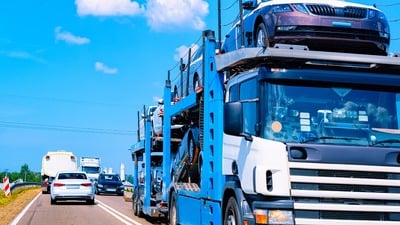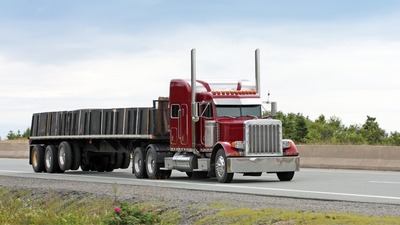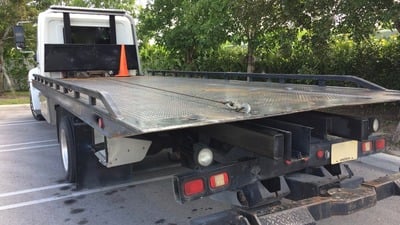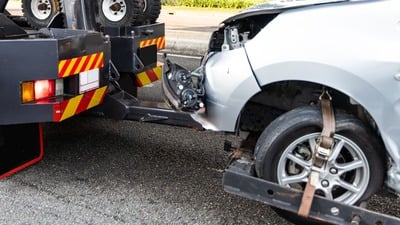When it comes to protecting yourself on the job, the right safety vest can be as crucial as your hard helmet or steel-toe boots. From highway construction to emergency response, safety vests are the unsung heroes of occupational safety, ensuring you're seen and safe in precarious environments. Let's dissect the essentials of what makes a safety vest not only compliant but a vital part of your safety gear arsenal.
Understanding the Essential Features of Safety Vests
When it comes to safety vests, not all are created equal. Essential features include high-visibility colors like neon yellow or orange and reflective stripes that catch the eye of drivers or machinery operators, especially during low light conditions. But beyond color and reflectivity, consider the ANSI/ISEA 107 standard which classifies vests based on the environments they’re designed for, offering guidelines on the level of visibility required.
Furthermore, the design of a safety vest affects its utility on the job. Features such as adjustable straps can provide a snug fit, preventing the vest from catching on equipment, while pockets can store essential tools or personal items. It's the convergence of these characteristics that define a vest's effectiveness in keeping you safe and your work uninterrupted.
The Importance of Material and Design in Safety Vests
Durability is paramount when selecting a safety vest. Materials such as polyester are favored for their ability to withstand harsh weather conditions without compromising the vest's integrity. Breathable fabrics are equally essential, offering comfort and reducing the risk of overheating in high-temperature environments. The vest's design should promote ease of movement, ensuring that the safety feature doesn’t become a hindrance to the task at hand.
Moreover, the material's maintenance and cleaning ease is a vital consideration, especially for vests used in environments prone to dirt and grime. Vests with stain-resistant fabrics and those that maintain their high-visibility properties after washing ensure long-lasting performance and safety compliance.
Visibility Standards and Certifications to Know
Familiarizing yourself with visibility standards and certifications such as ANSI/ISEA 107 can guide you in choosing a safety vest that meets occupational requirements. These standards detail the minimum amount and type of reflective material a vest should include and differentiate between performance classes based on the wearer's work environment and risk levels. Certifications and standards not only underscore a vest's visibility but its credibility in providing the promised level of safety. Ensuring your safety vest adheres to these guidelines is crucial for both legal compliance and personal safety. Always check for a vest’s certification status and its compatibility with the specific demands of your work environment.
Choosing the Right Safety Vest for Different Environments
Your work environment dictates the specifics of the safety vest you need. For high-traffic areas like road construction sites, Class 2 or Class 3 vests offer the highest level of visibility with larger areas of reflective material. In contrast, for lower-risk environments, a Class 1 vest might suffice. Consider also the environmental conditions. Water-resistant materials are beneficial for outdoor work in rainy conditions, whereas a mesh vest might be preferred in hot climates for its breathability. The goal is to match the vest's features with the demands of your work environment for optimal safety and comfort.
Care and Maintenance Tips for Long-Lasting Use
Proper care and maintenance of your safety vest extend its life and ensure ongoing compliance with safety standards. Regular cleaning according to manufacturer instructions helps maintain the fabric's color and reflective properties. It’s advisable to inspect the vest regularly for signs of wear and tear, such as fraying edges or faded areas, and replace it when its visibility is compromised.
Additionally, storing the vest properly when not in use can prevent damage and prolong its utility. Fold or hang the vest in a clean, dry space to avoid creases or damage to the reflective material. By taking these simple steps, you can ensure that your safety vest remains a reliable part of your safety equipment.
Key Takeaways for Choosing Your Next Safety Vest
Selecting the correct safety vest is a balancing act between compliance, comfort, visibility, and durability. By understanding the fundamental importance of these factors—and how they contribute to your safety on the job—you can make an informed decision for your next purchase. Whether you're navigating the hazards of a construction site or directing traffic, the right vest can mean the difference between a close call and a safe day at work. Remember, your safety vest is your first line of defense in making you visible and protected; choose wisely to ensure it serves you well in every condition





